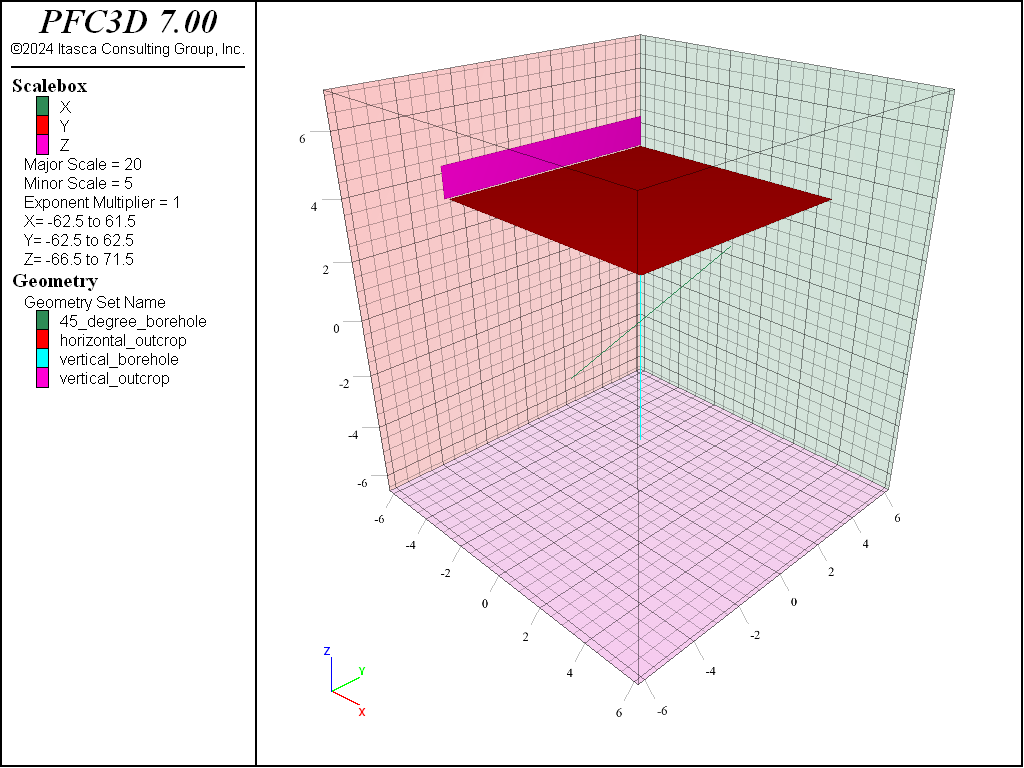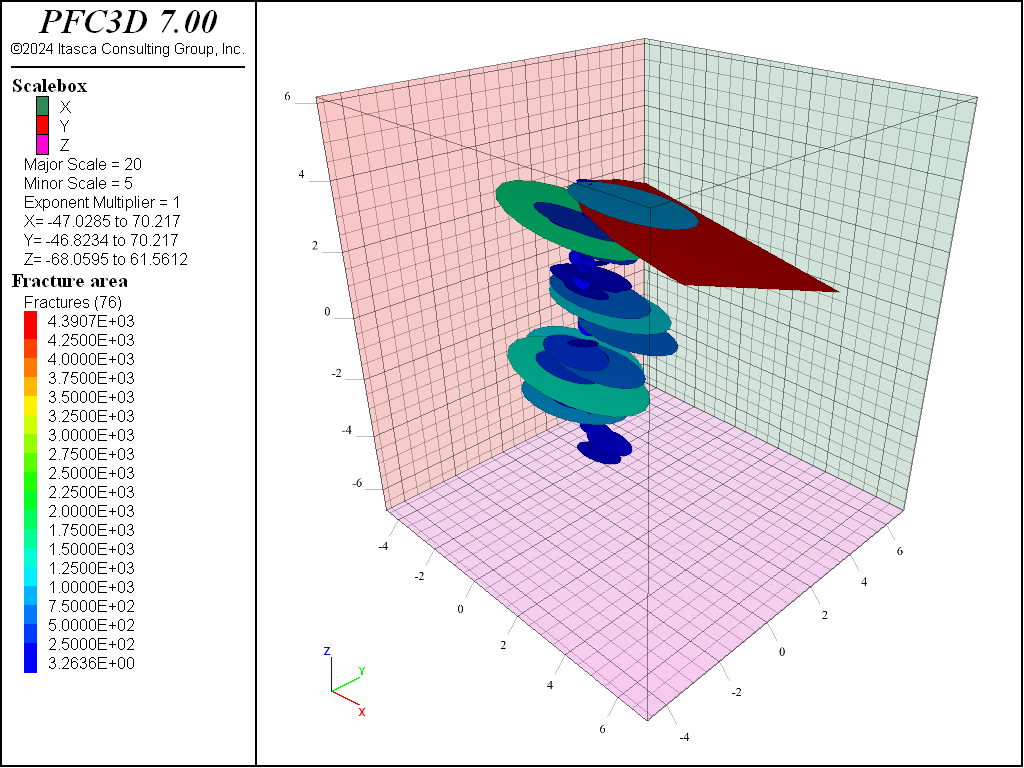

In this paper, we firstly present a practical flowchart of rock mechanics modeling for the steps in the UPC evaluation process.
#DFN NETWORK EXAMPLE CODE FLAC3D HOW TO#
However, for different complex engineering problems, systematic and multifaceted research of how to use 3DEC should be proposed. There is no doubt that the application of the DEM has been widely recognized by the industry, especially in underground rock engineering.
#DFN NETWORK EXAMPLE CODE FLAC3D CRACK#
An expanded distinct element method (EDEM) was developed for simulating the crack generation and propagation due to the shear and tension failures in the matrix rock blocks. The displacement-based back analysis using univariate optimization algorithm was applied, and numerical modeling results of 3DEC were in good agreement with measured displacements. Triaxial creep tests and back analysis of the time-dependent behavior of Siah Bisheh cavern by 3DEC. Stability analysis with 3DEC was, thus, conducted to examine each of the potential issues (stress-inducing brittle failure, large deformation, and block instability) with various scenarios corresponding to each of the layout proposals. In 1993, the 3DEC models were constructed to analyse three parallel caverns in shallow jointed rock, Viikinmäki wastewater treatment plant, Helsinki, and Finland, to compare the cavern displacements predicted in the highly fractured zone with those observed. In 1988, 3DEC was developed for Falconbridge Mines in Sudbury, Ontario, to study rock bursting activity in deep mines. The relative advantages and shortcomings of the DEM and DDA are compared. It is thought that DDA is a special type of discrete element method. The distinct element method (DEM) and discontinuous deformation analysis (DDA) are better suited than the finite element, boundary element, and finite difference methods to perform discontinuum analysis of underground excavations in jointed rock masses. Considering modeling in engineering practice, the interest has been placed on the adoption of discontinuum models which give a far more realistic and representative picture of rock mass behavior than equivalent continuum models. If the stability of rock mass has a close relationship with the discontinuity, the discontinuous method is indispensable, and the continuum method will not get a reasonable answer. In underground excavated in jointed rock masses at relatively shallow depth, the most common types of failure are those involving wedges falling from the roof or sliding out of the sidewalls of the openings. The stability of a large cavern group at great depth is discussed by large-scale three-dimensional geomechanical model tests and numerical simulations of FLAC 3D. Detailed performance-monitoring studies have been carried out for determining the deformations and stress distribution around underground powerhouse caverns in the nonhomogeneous rock mass, using the three-dimensional finite element method. A hybrid intelligent method is proposed for a large cavern excavated in alternate hard and soft rock strata, and the method is an integration of an evolutionary neural network and FEM analysis using a genetic algorithm. For simulating the hydraulic-mechanical interaction in the process of cracking, a coupling method which based on the elastoplastic finite element method (FEM) is proposed. In the continuous mechanics method for the analysis of the stability of underground caverns, three-dimensional stability analyses and displacement predictions of large UPC were carried out by using FLAC 3D. Numerical simulation has become an important method to solve the rock mechanics problem of this kind of engineering, while how to choose a suitable numerical method is a crucial stage. Rock mass is largely Discontinuous, Anisotropic, Inhomogeneous, and Not Elastic (DAINE). Stability of underground openings under different conditions is an essential issue in construction. Vast underground caverns are used for a variety of purpose in civil engineering. The method and results of this paper can give reference to engineering projects of its category. Through the calculation of three typical engineering, the problems of random blocks stability, dynamic calculation, and support system evaluation are studied, respectively, with the help of the DEM code 3DEC.


With the guide of the flowchart, the damage index ( Di) is used as a failure type (gravity-controlled or stress-induced) judgment indicator. The power of the Distinct Element Method (DEM) in solving the stability of underground powerhouse caverns (UPC) is discovered, but when does the DEM need to be adopted? What problems can be solved? The flowchart is provided and applied to analyze the stability of UPC in this paper.


 0 kommentar(er)
0 kommentar(er)
